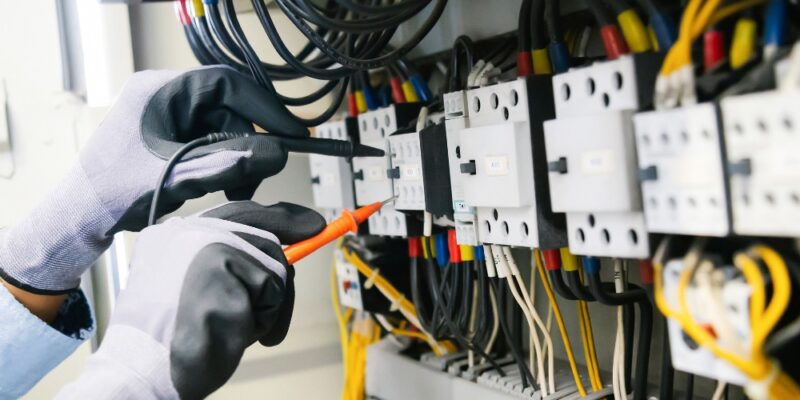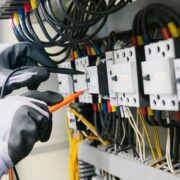
In the ongoing pursuit of a more energy-efficient home, most homeowners focus their attention on the usual suspects: insulation, high-efficiency appliances, LED lighting, and smart thermostats. While these upgrades certainly play a vital role, they often overlook the central hub of the home’s entire electrical system—the electrical panel upgrade, or service panel. Far from being just a metal box of circuit breakers, the electrical panel is the foundation upon which all power distribution and, critically, energy efficiency rests. Upgrading an outdated, overtaxed panel is not merely a matter of safety and reliability; it is a fundamental measure that can be surprisingly and significantly more efficient in terms of overall energy use in a home that can consequently result in decreased utility costs and smaller carbon footprint.
An older electrical panel, particularly one that is still equipped with fuses or is rated for less than 100 amps, simply isn’t designed to handle the complex, heavy electrical load of a modern household. Today’s homes are filled with power-hungry devices, from sophisticated HVAC systems and induction cooktops to multiple charging stations and energy-efficient heat pump water heaters. When an outdated panel struggles to manage these demands, it operates inefficiently, leading to wasted energy that manifests in several measurable ways.
Supporting High-Efficiency Appliances
Many of today’s most energy-efficient home appliances—such as heat pumps for HVAC and water heating, electric vehicle (EV) chargers, and high-tech kitchen equipment—require dedicated, heavy-duty circuits that older panels cannot safely or adequately support.
For instance, installing a modern heat pump is a huge leap in efficiency, but if your panel only has a 100-amp service, dedicating the required 30 or 40 amps to the heat pump might push the entire system beyond its capacity. This can lead to frequent tripping and, crucially, a failure to allow the appliance to run at its optimal, most efficient settings. An upgraded panel, typically rated for 200 amps, provides the necessary headroom and dedicated circuits to power these high-draw devices without straining the system. When an appliance operates on a properly sized, dedicated circuit, it runs as intended by the manufacturer—which is to say, at its peak energy efficiency. Furthermore, an upgraded panel future-proofs the home for upcoming energy technologies, such as battery storage systems and bidirectional EV charging, which require robust and flexible panel capacity.
Enabling Smart Home Management and Power Quality
A modern electrical panel facilitates better overall power quality, which is increasingly important for the sensitive electronics that underpin smart energy management. Inconsistent power can cause electronic devices to work harder or fail prematurely.
A new panel provides stable, reliable voltage to the home. This stability is essential for the optimal functioning of smart home hubs, energy monitoring systems, and sophisticated appliance controls that regulate energy consumption. Without a modern panel, attempting to install a whole-house energy monitoring system—which helps homeowners identify and control energy vampires—can be difficult or even impossible due to lack of space or compatibility. An upgrade creates the necessary space and connectivity for these smart energy solutions, empowering the homeowner with the data and control needed to actively manage and reduce energy use, often resulting in significant savings.
Long-Term Value and Safety
While the direct energy efficiency gains from reduced heat loss and better appliance performance are compelling, the panel upgrade also offers profound, long-term value. It mitigates the risk of electrical fires, a major concern with old, damaged, or fuse-based systems. It also increases the home’s resale value, as a 200-amp service is now a baseline expectation for modern buyers concerned about powering their technology.
The investment in an electrical panel upgrade should be viewed as a foundational, enabling upgrade. It is the necessary precursor to safely and efficiently utilizing the most effective energy-saving appliances and technologies available today. By replacing the aging central nervous system of your home’s electricity, you are not just ensuring safety; you are optimizing the entire electrical flow, minimizing waste, and setting the stage for decades of lower utility bills. It is the unseen but vital project that makes all other energy-saving efforts possible and profitable.











